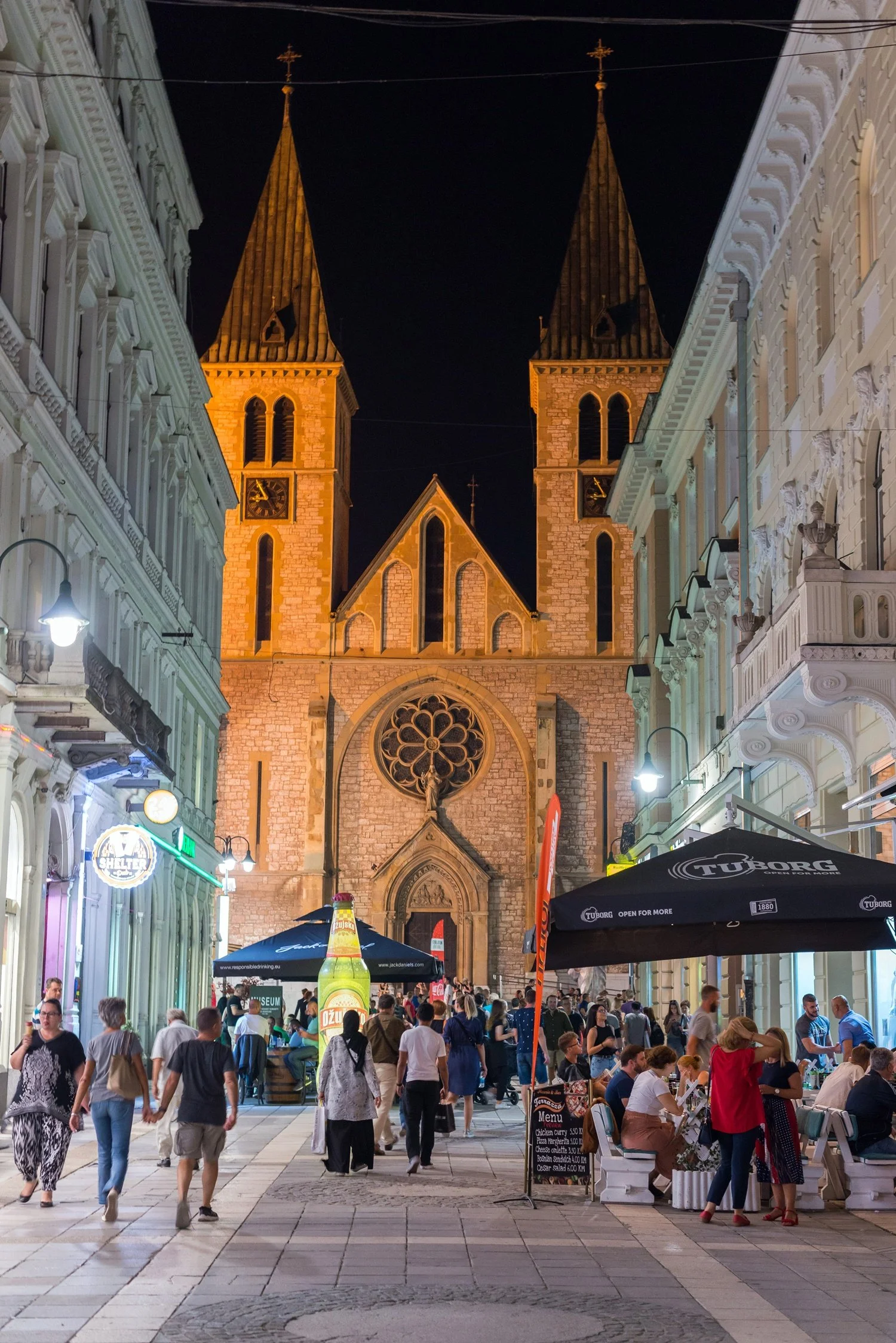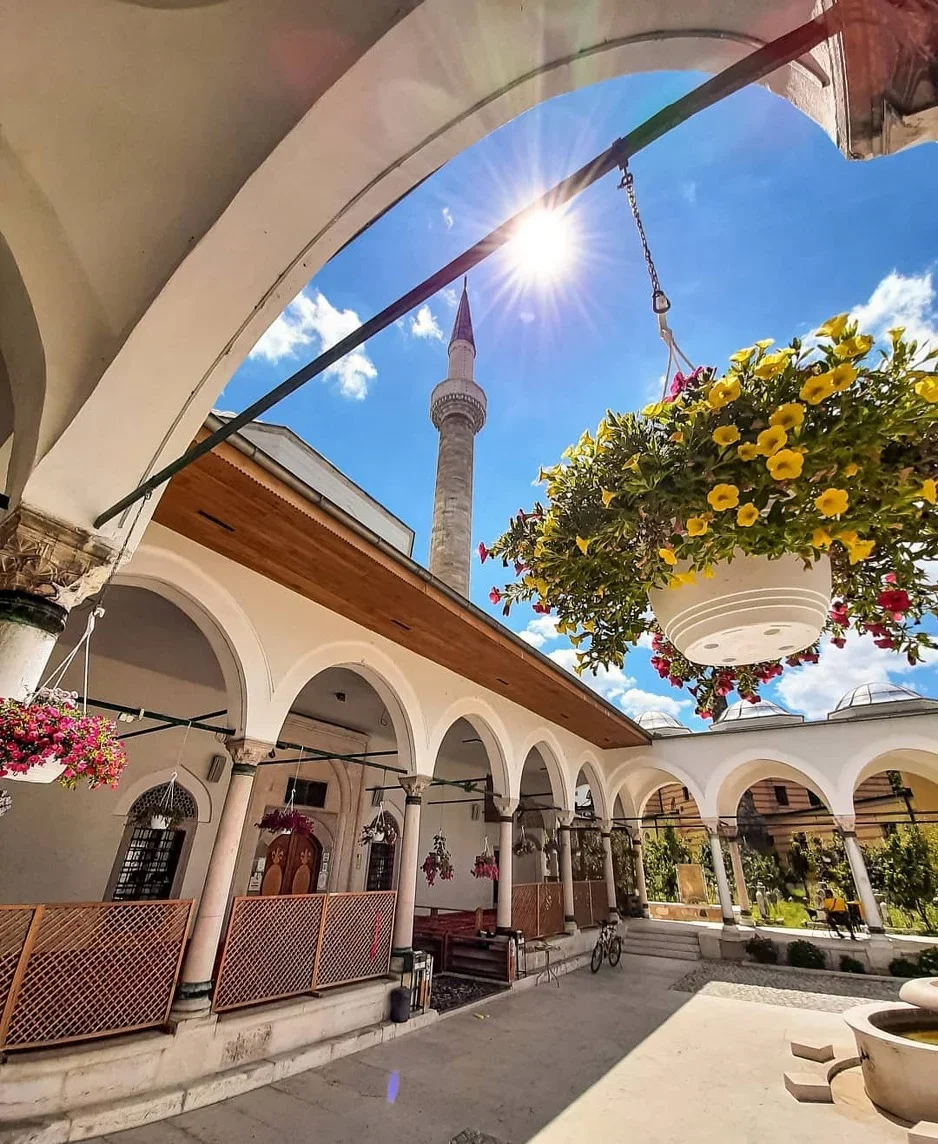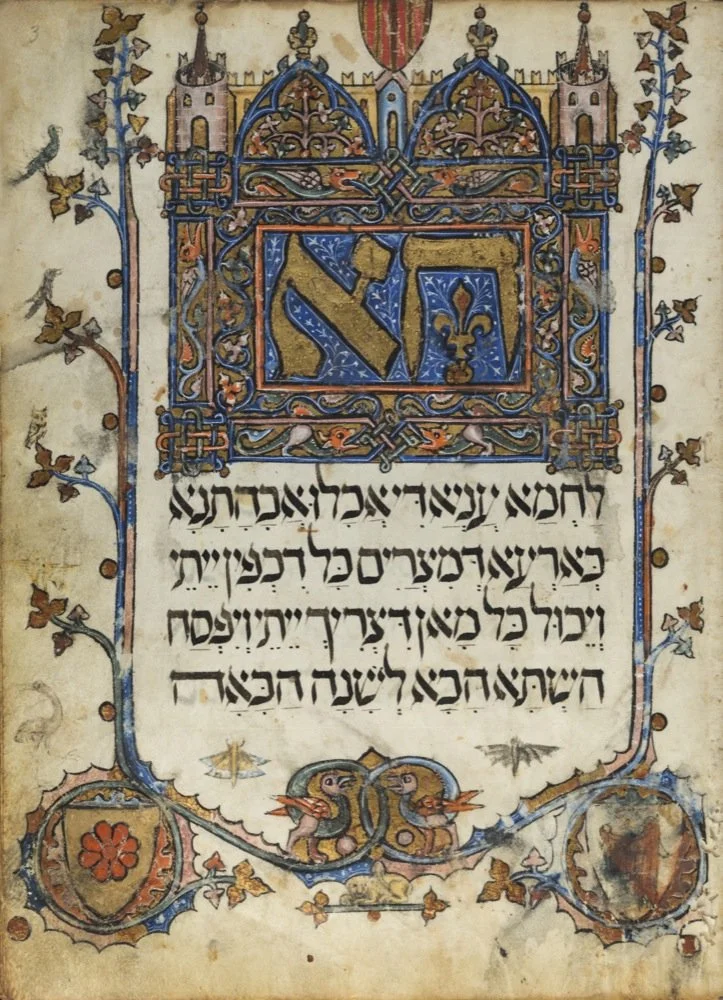
Serbian / Croatian / Bosnian / Montenegrin languange
may appear by any of these names, or by its former name as Serbo-Croatian
Either way, it is a pluricentric (meaning it has multiple variations) language spoken in four Balkan countries
It has many particularities and there are just as many reasons to learn it !

My teaching method is based on three core principles
Adjust
Tailoring classes to student’s needs and wants
Application
Make the lessons functional in real life
Creation
All the materials are made and provided by teacher free of charge
Do you know your level ?
Beginner
If you’re new to studying Serbo-Croatian, this type of lessons might be the right fit for you
Intermediate
If you already have experience in learning the language consider the Intermediate Level Lessons
Advanced
If you feel comfortable communicating, but would like to improve certain skills you’re likely an Advanced Learner
First lesson is free !
Starting the second lesson, following prices apply
50min - $ 20
120min - $ 40
Sliding-scale prices are available. Don’t be shy to reach out.
-
Bosnia and Herzegovina is a country that is hard to capture in both words and images. Home to many nations and many religions, this small country captures and lives a multitude of heritages of its present and past inhabitants.
The capital city, Sarajevo, is the only European capital where we find Muslim, Christian (Catholic and Orthodox), and Jewish temples in the main street. The Old Town, built during the Ottoman times, will take you roaming down an underground bazaar, drinking Bosnian coffee from copper service and enjoying the Oriental sweets and dishes. The City Center, built during the Austro-Hungarian rule, with its Central European look shows a different chapter in Sarajevo’s history. New Sarajevo, built during Socialist Yugoslavia, is famous for its brutalist architecture. While there, stop to visit the National Museum and Tito cafe.
Just outside the city are Bjelašnica and Jahorina Mountains, where the Winter Olympics of 1984 happened, giving the city its mascot - wolf Vučko.
Learn more!
〰️
〰️
Learn more! 〰️ 〰️
Did you know how religion influenced Bosnian language ?
About one half of Bosnia & Herzegovina’s population is Muslim. Since the Ottoman times, Islam played an important role in the country’s life. Bosniaks (Muslim Bosnians) are the only Muslim Slavic nation, and thus they are the only Slavic people whose language has indigenised Arabic terms to describe the religious life. Knowing these words can help us better understand the wealth of the literary heritage in Bosnia and Herzegovina, as well as among other Muslim communities in the Balkans, and particularities of everyday life.
Examples of these words include Allah, džennet (heaven), džehennem (hell), dženaza (funeral), edžel (moment of death) as well as phrases like selam (Sala’am), Maša’Allah, Inša’Allah, Bajram Mubarek
There are many other words of Arabic and Turkish origin that we can encounter in Bosnia, although some became archaic: ahbab (friend), imanet (trust), ašik (dear), aferim (bravo), rahatluk (joy)

Have you heard of the Sarajevo Haggadah?
Sarajevo Haggadah (Hebrew for story) is a gem of the medieval Hebrew culture. It belongs to illuminated and decorative Sephardic art. It had an extremelly tumultous history. It is assumed it was created in Barcelona around 1350. The book left Spain after the 15th century expulsion of Jews and its entire trajectory is unkown. It lived in northern Italy in 16th and 17th century, and it made it to Bosnia under unknown circumstances, where it was located by National Museum in Sarajevo which purchased it in 1894. It is under UNESCO protection.
Haggadah contains 69 illuminated miniatures showing the Creation of the World, slavery in Egypt, coming out of Egypt under Moses’ leadership, and beyond, all the way to the succession of Joshua, son of Nun. The last part of the book contains some of the most famous Hebrew poets from the golden era of Hebrew literature (10th–13th century).
Today it can be seen the National Museum of Bosnia & Herzegovina.
There are very many foreign words!
Balkan region is a cross-road of cultures. Many cultures inhabit it, and many more used to inhabit it. Their coexistence, passing and staying is remembered through the multitude of words of various origin. Whatever languages you might speak, it will help you learn Serbo-Croatian.
Turkish
džezva (cezve), jastuk (yastık), čaršav (çarşaf), pamuk, čarapa (çorap), čelik (çelik), jogurt (yoğurt), dućan (dükkân), šećer (şeker), torba
Greek
period (περίοδος), helikopter (ελικόπτερο), demokratija (δημοϰρατία), energija (ενέργεια), biblioteka (βιβλιοθήκη), anđeo (aγγελος), ikona (εἰκών), harmonija (αρμονία), komedija (κωμωδία), tragedija (τραγωδία)
Hungarian
vašar (vásár), mačka (macska), gulaš (gulyás), varoš (város), soba (szoba), bunda, čizma (csizma), cipela (cipellő), hajduk (hajdu), lopov (lopó)
French
ešarpa (echarpe), plafon (plafond), liker (liquer), žargon (jargon), volan (volant), garderoba (garde-robe), roman, žurnal (journal), butik (boutique), silueta (silhouette)
English
internet, kompjuter (computer), sajt (site), vikend (weekend), miting (meeting), event, šoping (shopping), derbi (derby), fudbal (football), bekstejdž (backstage)
German
flaša (Flasche), knedla (Knödel), šank (Schank), farba, (Farbe), šnajder (Schneider), gepek (Gepäk), šnicla (Schnitzel), kugla (Kugel), princ (Prinz), štimung (Stimmung)



